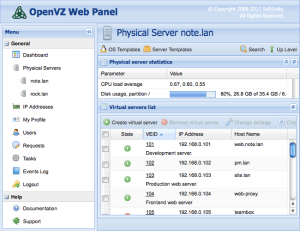To monitor and eliminate performance bottlenecks in a VPS, conduct a detailed analysis of the server’s state and take appropriate measures to optimize its operation.
1. Monitor server resources using specialized tools such as htop, top, sar, vmstat, and others. Evaluate CPU load, memory usage, disk subsystem, and network.
2. Identify bottlenecks and determine which processes or services may be causing performance issues. Perhaps some processes are consuming too many resources or overloading the server.
3. Optimize server settings. Configure caching, optimize database operation, improve the configuration of the web server and other services. Check for installed plugins or applications that may negatively affect performance.
4. If necessary, increase the amount of server RAM. Adding more memory can significantly improve VPS performance, especially when working with large amounts of data.
5. Optimize the operation of the disk subsystem. Use SSD drives to speed up data reading and writing, configure RAID to increase fault tolerance and performance.
6. Set up performance monitoring and regularly track changes. Monitoring will help to identify problems in a timely manner and take measures to eliminate them.
7. Perform performance testing after making changes. Evaluate how server performance has changed and make sure that bottlenecks have been successfully eliminated.
By following the steps above, you can effectively monitor and eliminate performance bottlenecks in VPS, ensuring the stable and reliable operation of your server.





